Related
Summary
Peanutscreator Charles Schulz was notoriously not a fan of overtly politicized humour , leading him to get a unplumbed distaste for his strip ’s contemporary , Garry Trudeau’sDoonesbury . Trudeau ’s striptease was – in more way than one – the frigid diametrical ofPeanuts . Though the two maintain a genial professional kinship , Schulz was deeply loath to the content ofDoonesbury , exposing a sharp divide in the two influential artist ' career .
agree to scholar Blake Scott Ball , Charles Schulz sought tocapture the " timeless " and " eternal " quality of childhood , whileDoonesburywas deliberately of - the - moment , with Garry Trudeau craft his airstrip as a conscious reply to the fourth dimension and place of its creation .
Both approach give rise iconic works that span decades;Peanutsran continuously for fifty age until Schulz ' death , whileDoonesburycontinues to be publish to this day , more than half a century after its debut in newspaper publisher . Exploring the conflict in Schulz and Trudeau ’s approaches offers a riveting perceptiveness into how both God Almighty ' comics resonated with audiences .
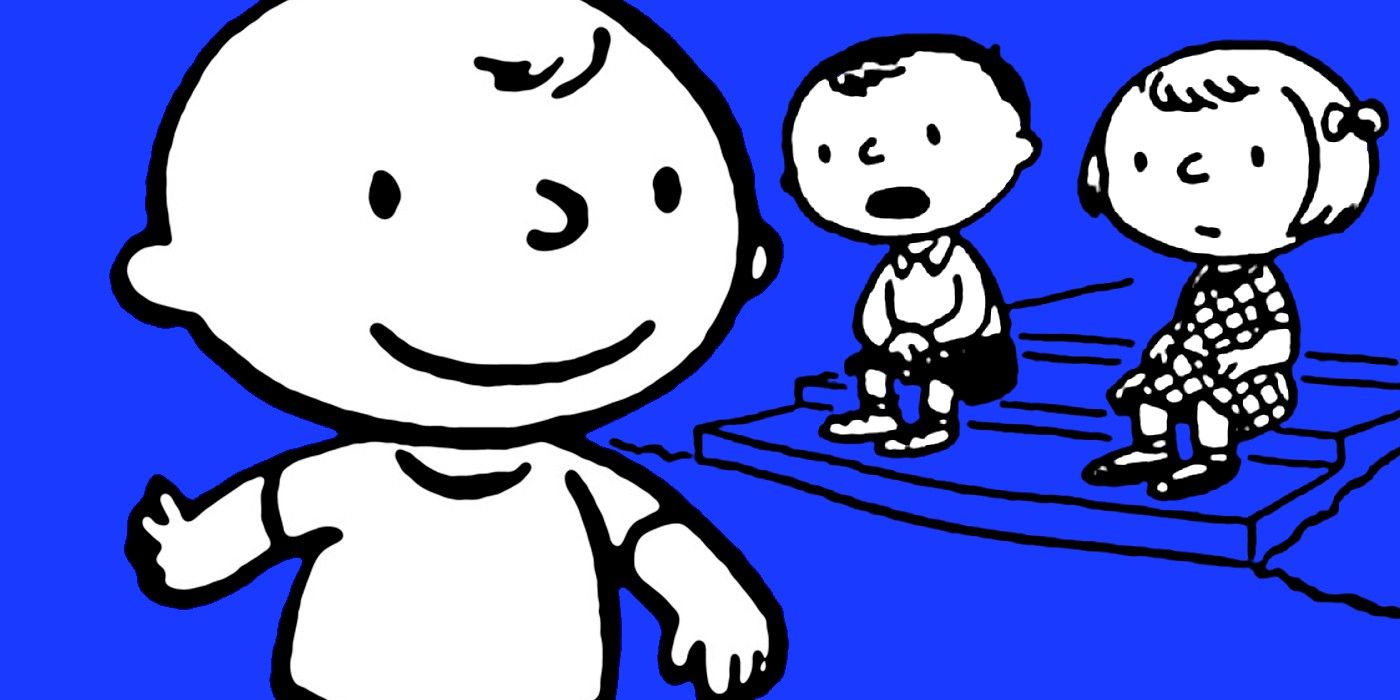
Charlie Brown ’s appearance in the very first Peanuts strip may have been an inauspicious showtime , but it heralded everything to come for the character .
Charles Schulz' “Peanuts” Was Diametrically Opposed To Garry Trudeau’s “Doonesbury”
Schulz Disliked Political Humor
DoonsburyandPeanutsexemplify two sides of an ongoing artistic public debate , one that has anything but a all the way - cut response .
In his bookCharlie Brown ’s America : The Politicsof Peanuts , donnish Blake Scott Ball in effect contend the subject thatCharles Schulz ' longrunning comedian stripcontained more of the author ’s political relation than most readers – and the author himself – recognise duringPeanuts’time in publication . As part of an essay adapted from the Bible published online , Ball raised the issuing of Schulz ' sentiment on the overtly political mirthful stripDoonesbury , write :
In the dusk of 1970 , as Schulz celebrated the [ twentieth ] anniversary ofPeanuts , a young artist named Gary Trudeau launchedDoonesbury . A comic strip filled with unrepentant , cold sarcasm , it became the voice of a fresh , more openly political generation in the same wayPeanutsonce had spoken to the alienated and discontented — but genial – 1950s .
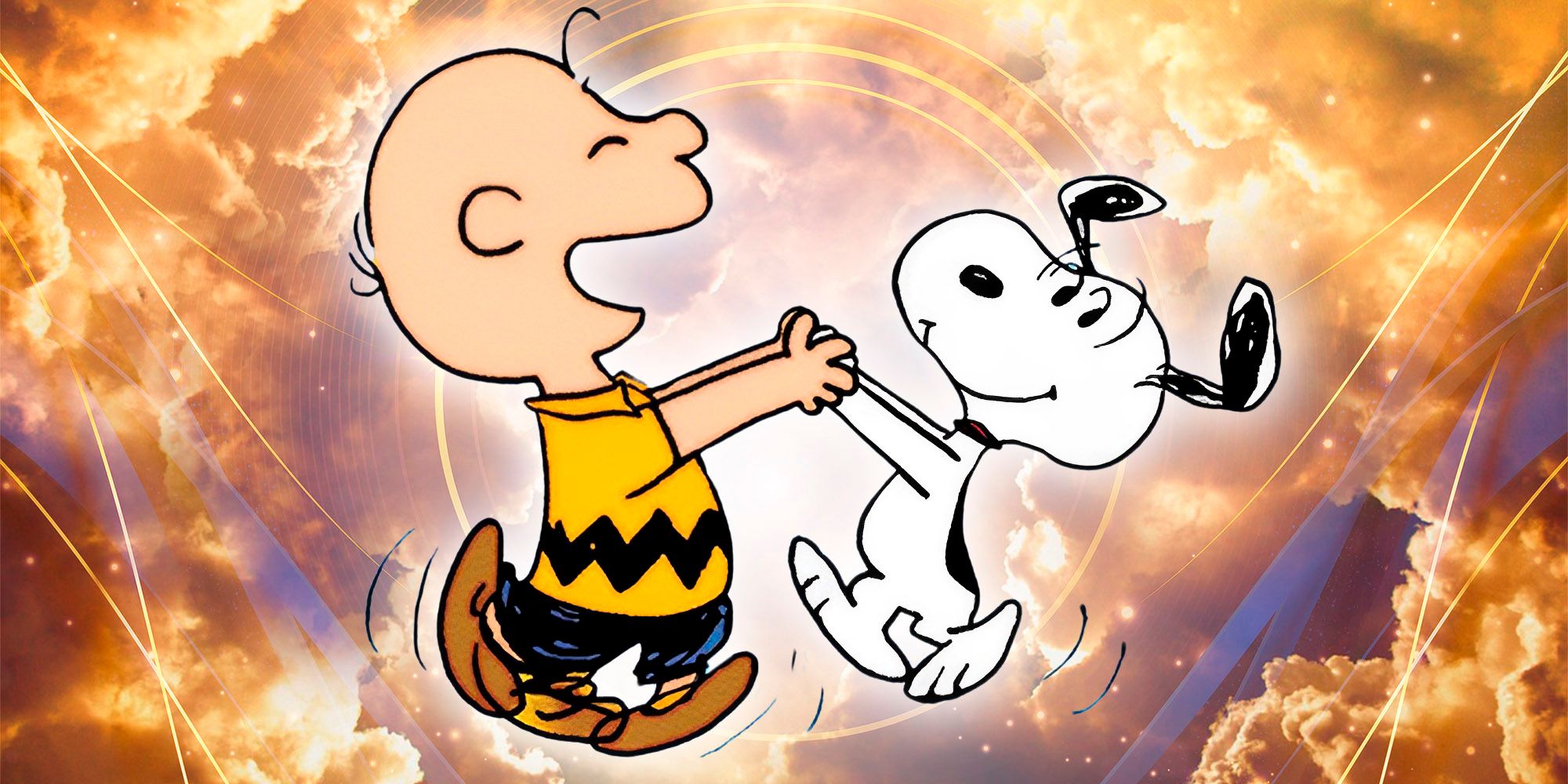
Unsurprisingly , Schulz despisedDoonesbury . Aside from seeming unprofessional and downright disrespectful , in the age cartoonist ’s estimation , Trudeau ’s piece of work rested on what Schulz believe was the cheapest and least indestructible form of humor : political commentary .
What makes this far-famed , in large part , is how it reflects on the various success ofDoonesburyandPeanuts .
For Charles Schulz , the political temper ofDoonesburywas " low - hanging fruit , " so to speak , while his object with the gentle , straightforward wit ofPeanutswere much loftier . By demarcation , Garry Trudeau ’s work could be praise for its ambition , while Schulz ' piece of work could dismissively be called " simple " – though readers who look for to abstain from being reductive will promptly acknowledge that any ongoing artistic project that lasts fifty long time is anything but . In any case , the distinction between the two , and their office on artwork and cultural relevance , are ripe for further geographic expedition .
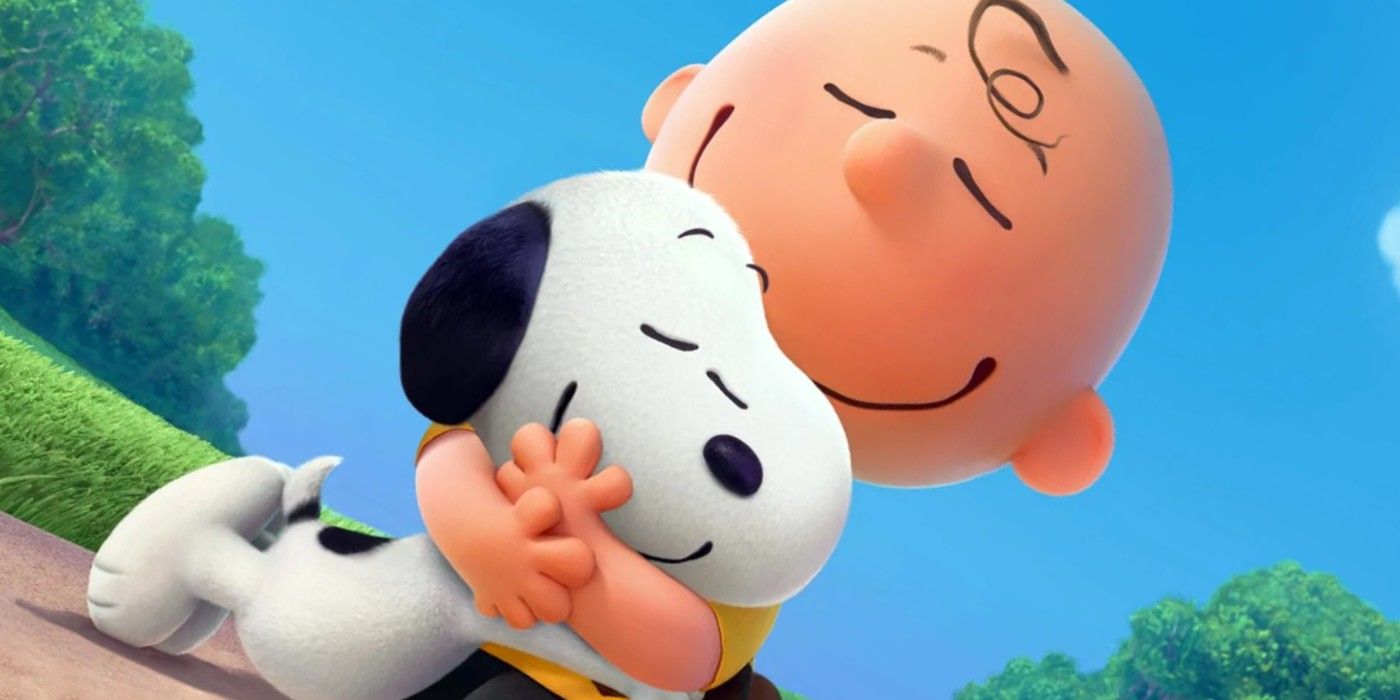
Charles Schulz And Garry Trudeau Were Artistic Polar Opposites
DoonesburyAndPeanuts’Ran Parallel For Decades
Despite their significant differences in perspectives on humour , it seems [ Charles Schulz and Garry Trudeau ] maintained at least a professional relationship .
wear in 1948 , Garry Trudeau was just two year old whenPeanutsentered publishing . By the timeDoonesburybegan seem in paper , Peanutshad been a basic of the comic department for two decades . For theremainder of the twentieth C , they coexisted ; in a sense , the two can be looked at as the two utmost poles of the comic airstrip continuum . While Charles Schulz may not have appreciatedDoonesbury’sapproach to humour , Trudeau was more plus aboutPeanuts’influence on the sensitive .
Considering how astray - ranging and inclusiveDoonesbury’ssubject material was , it was inevitable that it would touch on the monolithic presence in the medium , Peanuts . On the occasions Trudeau referencedPeanuts , he did so softly , with a arcdegree of reverence . Despite their significant differences in view on humour , it seems the two uphold at least a professional relationship . A 1985Washington Postarticledescribes them work on a fundraiser together . Later , Trudeau wrote the instauration for theComplete Peanutsvolume treat 1987 to 1990 .
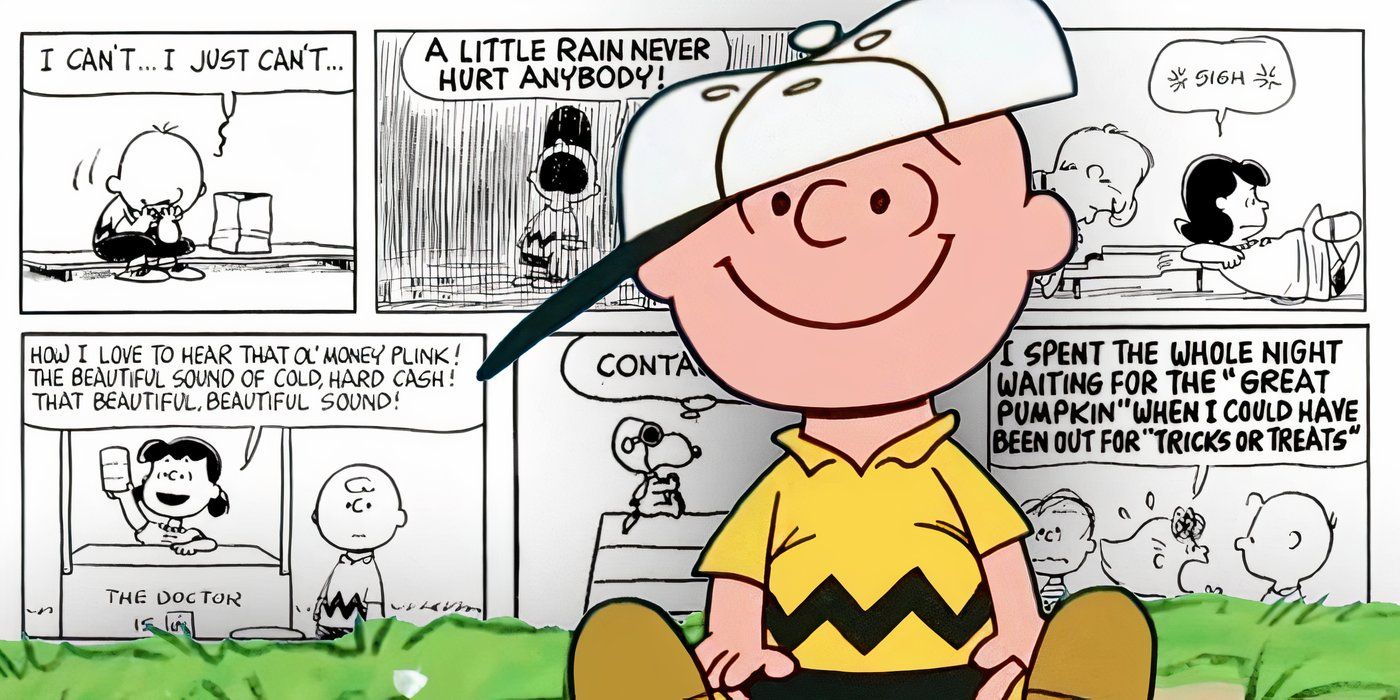
It is also deserving emphasizing that there was much more toDoonesburythan just the political aspect of its humor , which was just one dimension of a larger overall picturesque news report of American world . Garry Trudeau ’s funnies offer a big mould of lineament , with a various set of opinion , navigating modern-day American adult life . Much of its twenty-four hours - to - day cloth , and much of its humor , was not expressly political – it was just that Trudeau consider politics inseparable from present-day life , and therefore unavoidable in an honest , complete depiction of maturity .
Charles Schulz Couldn’t Avoid Dating His Comic Completely
A Subtle Reflection Of Its Time
The public debate about whether art should strain to be timeless , or if it should capture the instant of its cosmos , rest as urgent as ever . As it change state out , DoonesburyandPeanutsare two thoroughgoing proxies in that battle of artistic perspectives .
As writer Blake Scott Ball noted in his essay , Charles Schulz could not avoid politics , cultivation , andthe occasional go out reference entirely . As with any on-going narrative , Peanutsevolved over the decennary , reflecting the growth in American culture in subtle , yet of the essence ways . It can be said thatwhile Garry Trudeau’sDoonesburyshouted , Schulz’sPeanutsspoke softly , but that both authors unambiguously had something to say , something that readers gravitated toward . innovative lector may have unlike experiences returning to each comic , but both will give some impression of the earned run average they were frame in .
In essence , the fundamental distinction betweenDoonesburyandPeanutsis this : Charles Schulz ' offered lector an escape into an eternal childhood , while Garry Trudeau give them the chance to grapple with the realities of maturity . Both wait on the critical artistic purpose of indicate the audience that they are not alone , and giving them momentary relief from the tension and thwarting of liveliness . Each did this strikingly otherwise , but even considering Charles Schulz ' feelings aboutDoonesbury , both did so effectively .

Despite Charles Schulz ' aversion for political sense of humor , Garry Trudeau ’s success withDoonesburyserved as proof there was an appetency for it ; at the same sentence , thecompounding generational appeal ofPeanutsvalidated Schulz approach to his own work . innovative readers can still find humor in both , and the disputation about whether art should reach to be timeless , or if it should appropriate the mo of its creation , remains as pressing as ever . As it change by reversal out , DoonesburyandPeanutsare two perfect proxies in that battle of esthetic perspectives .
germ : PublicSeminar.org ( Blake Scott Bell essay);Washington Post ( 9/16/85 )
Created by Charles M. Schulz , Peanuts is a multimedia system dealership that began as a comic strip in the 1950s and eventually expand to admit films and a television series . peanut fall out the day-after-day dangerous undertaking of the Peanuts work party , with Charlie Brown and his wiener Snoopy at the inwardness of them . away from the motion picture turn in 2015 , the franchise also has several Holiday special that air on a regular basis on U.S. Television during their appropriate season .
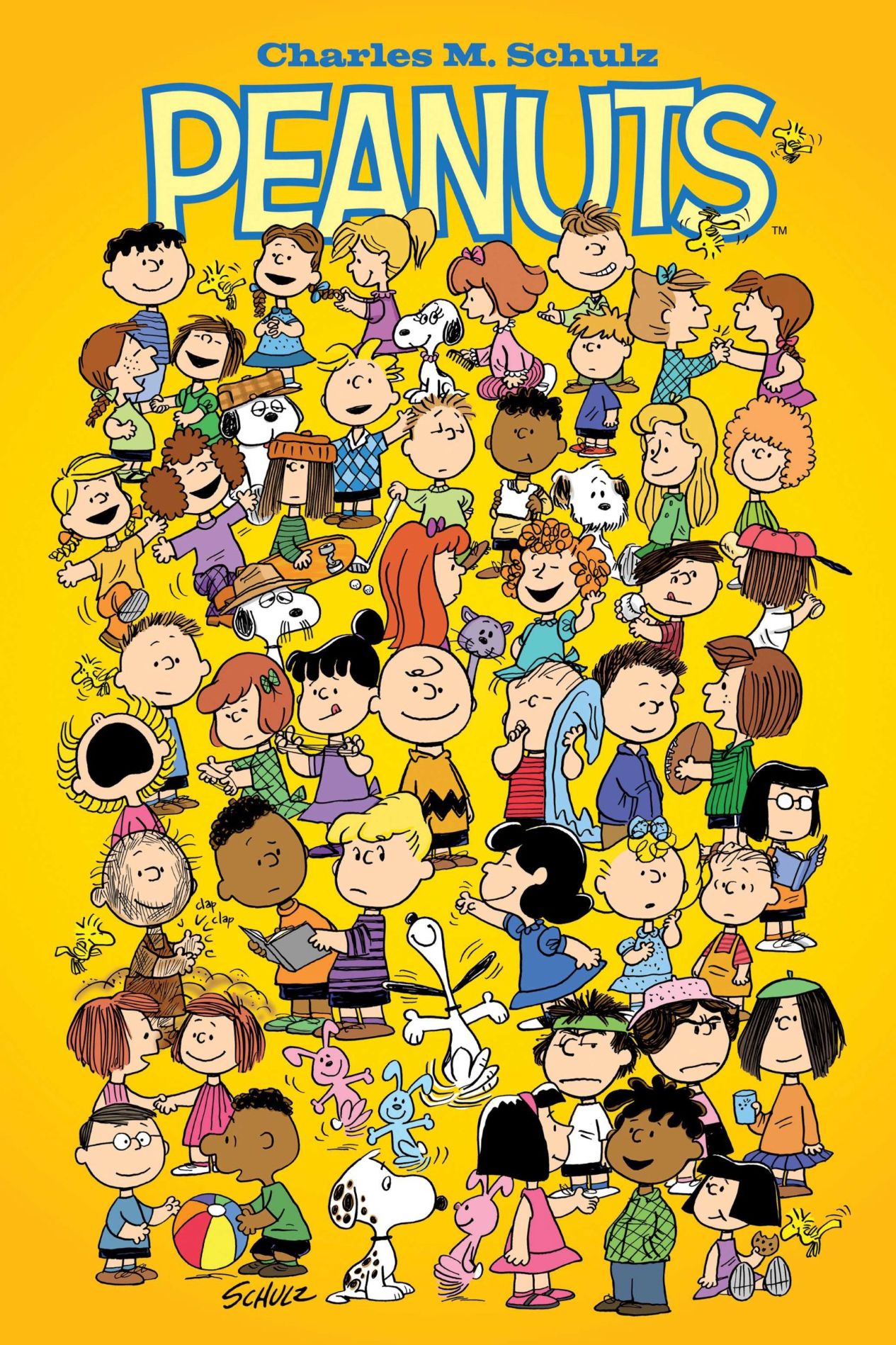
Created by Charles M. Schulz, Peanuts is a multimedia franchise that began as a comic strip in the 1950s and eventually expanded to include films and a television series. Peanuts follows the daily adventures of the Peanuts gang, with Charlie Brown and his dog Snoopy at the center of them. Aside from the film released in 2015, the franchise also has several Holiday specials that air regularly on U.S. Television during their appropriate seasons.
